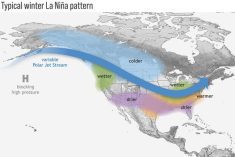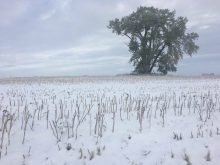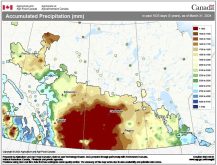This summer I have crisscrossed this great country of ours. I started in early July heading east into the Muskoka region of Ontario to compete in an Ironman 70.3 triathlon. After spending a couple of weeks there, I returned home and did some quick gardening before heading west to Canmore for a wedding. What a nice place. The only downside was that we happened to be there during a heatwave, with daytime highs pushing the low 30s each day, though it was a dry heat.
Did I mention it was a nice place, but with no air conditioning? Apparently, they don’t need it because there are seldom several days of heat in a row. After coming home and doing more catch-up gardening, my finale for the summer took me to Riding Mountain National Park in Manitoba, to compete in my final triathlon of the year.
What does this have to do with weather? Besides testing my ability to forecast weather from these new areas, I get to hear local weather folklore. I always find it interesting to hear different weather sayings or words of weather wisdom as I travel around. Here are some of the ones I hear most often.
Read Also
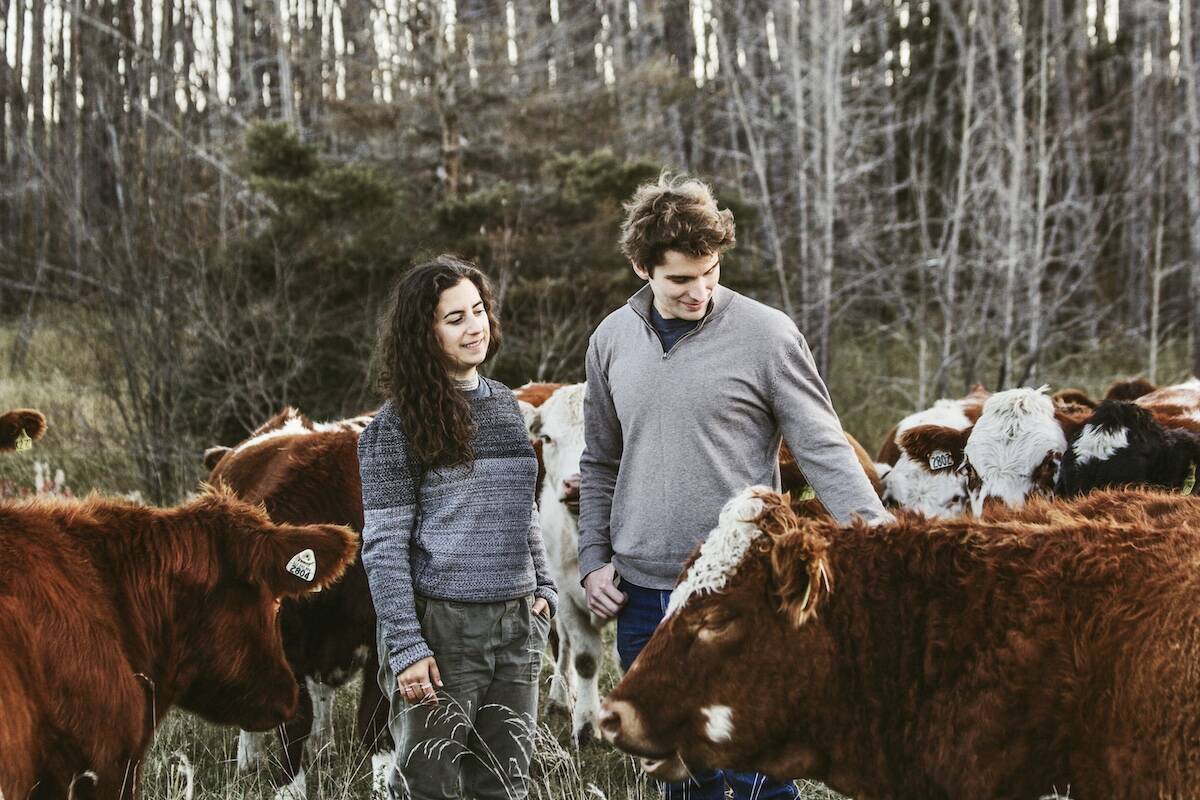
Exploring agriculture from coast to coast in 2025
Columnist Lee Hart looks back on what he has learned from farmers and ranchers from coast to coast in 2025.
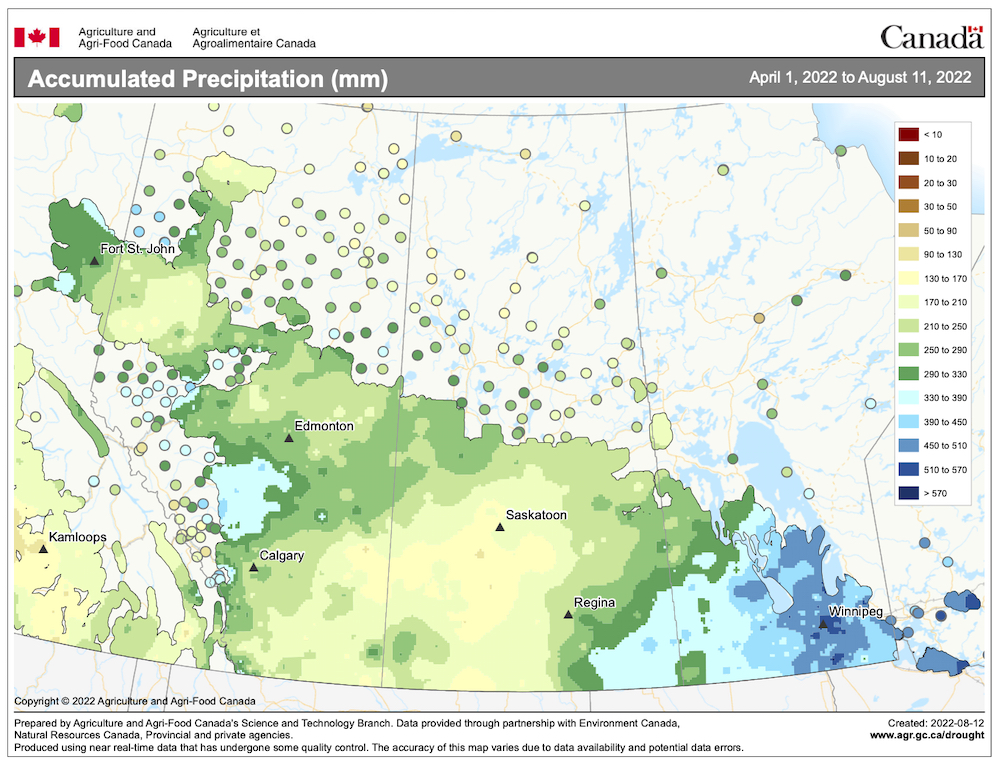
Red sky at night…
This saying makes sense if you live north of the tropics in the Northern Hemisphere. The prevailing winds in the upper atmosphere are from the west in this region, and generally drive weather systems from west to east. To get a red sunrise or sunset, you need a large number of particles in the air for the sunlight to bounce off, causing us to see more red light.
These particles can be dust from different sources or water droplets. At night or at sunset, for us to see the sun and a red sky, the sky along the horizon must be clear or clearing and there must be moisture in the air between us and the horizon.
Since the sun sets in the west and weather systems tend to move from west to east, the clearing near the horizon should be moving in our direction, hopefully leading to a nice sunny day tomorrow — thus the delight.
The opposite is true for a red sky in the morning. To see a red sky, the horizon is clear and moisture is between us and the horizon. Since the sun rises in the east and weather systems generally move from west to east, that moisture is likely moving into our region, thus the need to take warning.
Halo moon
While this might not always be true, there is sound weather logic behind it. For a halo to appear around the moon, there must be high cirrus clouds, which are made up of ice crystals. These high clouds of ice crystals can refract moonlight, allowing us to see a halo of light around the moon. Often when an area of low pressure or storm system is approaching, it is preceded by high cirrus clouds, so the saying makes sense.
I know there are several other weather sayings, and I would love to take a look at them all. Some apply to our part of the world and some don’t. I am sure there are sayings and lore out there that are local to any area of the Prairies. If you have a favourite weather saying or lore that you would like me to explore or share, feel free to email me at: [email protected]. Just place the words ‘weather saying’ or ‘weather lore’ in the subject line.
Fogs and snow
At first, I thought I heard “frogs.” But then I remembered the few emails I’ve received over the years about this and how certain the emailers had been about the truth of this saying.
While most weather lore covers short-term weather, I think this is one of those predictions where the longer the time between observation and result, the more our minds tend to make things work out the way we want them to.
I’ll have to admit I quickly shrugged this off as a big pile of you-know-what. For example, valley regions tend to get more fog than hilltops, so I guess these valley regions will be getting a heck of a lot more snow. That doesn’t make sense. To me, there are just too many geographical and local influences that affect fog formation for this to hold any real truth.
If we were only to look at August fog events that affect a large geographical area, we might be able to make some kind of link between August fog and winter snow. Certain weather patterns can lead to more fog formation and these general patterns could either continue into the fall and winter or lead to a different weather pattern that may be a snowy pattern in winter.
I don’t know. I just can’t see how this could work out or how you could accurately track it.
Again, if you have some insight into this or other weather saying or lore, or just have a weather topic you would like me to discuss, please let me know. Until next time, here’s hoping the weather in your area is just what you need.





